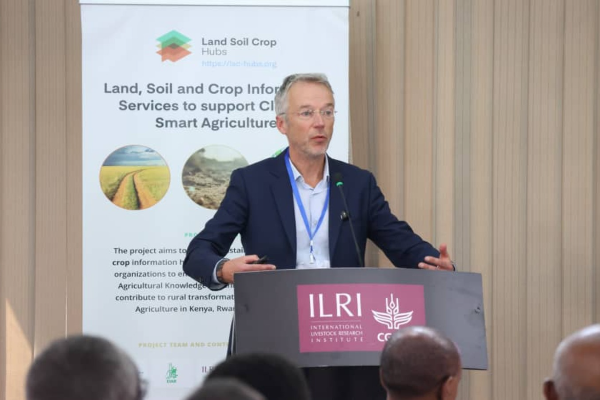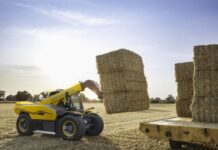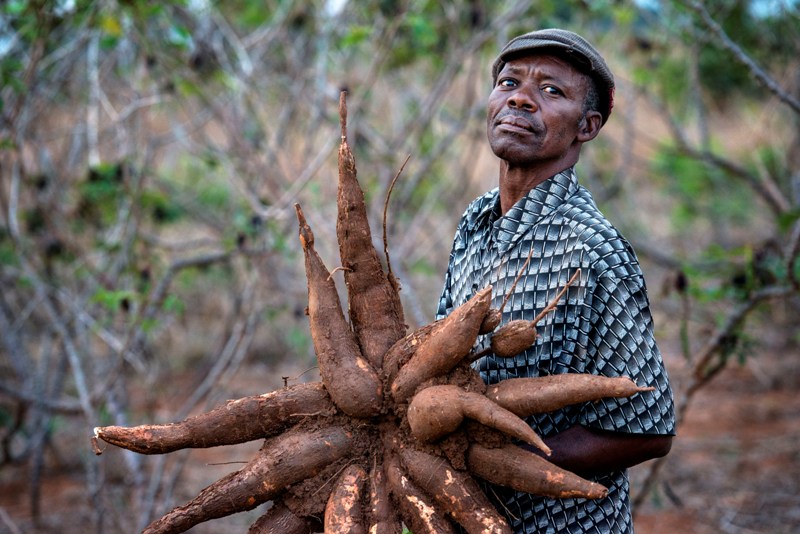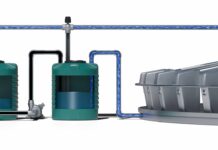A coordinated push to modernise agriculture through data and digital services is gathering momentum across East Africa.
Two major initiatives—one handing national research institutes full ownership of land, soil and crop data hubs, and another reporting strong yield improvements through data-driven farming—signal a shift toward smarter, locally anchored agricultural systems.
After four years of implementation, a regional initiative known as the Land, Soil and Crop Information Services (LSC‑IS) Project, supported by the EU DeSIRA programme and partners, has officially transferred full control of national “hubs” to institutes in Ethiopia, Kenya and Rwanda.
The hubs — online platforms consolidating datasets on land, soil and crop variables — are now hosted by each country’s research agency, namely the Ethiopian Institute of Agricultural Research (EIAR), the Kenya Agricultural & Livestock Research Organisation (KALRO) and the Rwanda Agriculture and Animal Resources Development Board (RAB).
This transfer marks a notable milestone: rather than external actors retaining ownership of the digital infrastructure, national institutions now govern and maintain the datasets, ensuring country-led access, management and application.
The hubs are designed to follow FAIR data principles (findable, accessible, interoperable, reusable) and support climate-smart agriculture by providing actionable information for farmers, extension agents, policymakers and private sector actors.
Meanwhile, a complimentary story is unfolding in the field. A recent report indicates that in Ethiopia, Kenya and Rwanda, adoption of data-driven farming practices has resulted in significant yield improvements for key crops.
According to the article, wheat yields in one setting increased from 15 to 34 quintals per hectare, while teff yields rose to 22 quintals per hectare.
These results illustrate the potential of combining satellite imagery, soil and climate data, and advisory services that translate them into farmer-actionable guidance.
Smallholder farmers in East Africa face a dual challenge of variable weather and legacy agronomic practices; the deployment of decision-support tools underpinned by quality data aims to bridge that gap. Globally, digital agriculture has been shown to boost productivity by up to 70 % by 2050 when scaled properly.
Why it matters
The combination of the infrastructure (national data hubs) and on-farm results (yield improvements) signals a broader transition: from externally driven projects to national systems; from generic agriculture advice to data-tailored, site-specific recommendations; and from farming by hope to farming by evidence. For countries like Kenya — where smallholders account for a large share of output but extension services are stretched — building such systems is key to increasing productivity, resilience and incomes.
What comes next
Challenges remain. Building and maintaining high-quality data systems requires financial resources, technical capacity and strong institutional coordination. In addition, turning data insights into adoption by thousands of smallholders demands extension services, training, connectivity and trust in the tools.
In this light, national research agencies now bear significant responsibility for the hubs.
Their success will be judged on how well the data translate into usable services for farmers, how effectively the systems are maintained and updated, and how equitably the benefits reach women and youth farmers.
For the yield gains reported, the next step will be scaling these data-driven practices across more regions, crops and contexts, while tracking not just productivity but profitability, input-use efficiency and climate-resilience.
East Africa’s agriculture sector is poised at a tipping point: the infrastructure and the early outcomes are aligning. If the newly-nationalised data hubs intersect smoothly with extension systems and farmer uptake, the region could leapfrog into a higher-productivity era. The coming years will show whether the promise of “farming by data” becomes the everyday reality for millions of smallholders.









